Blue Seal G51 User manual
Other Blue Seal Cooktop manuals
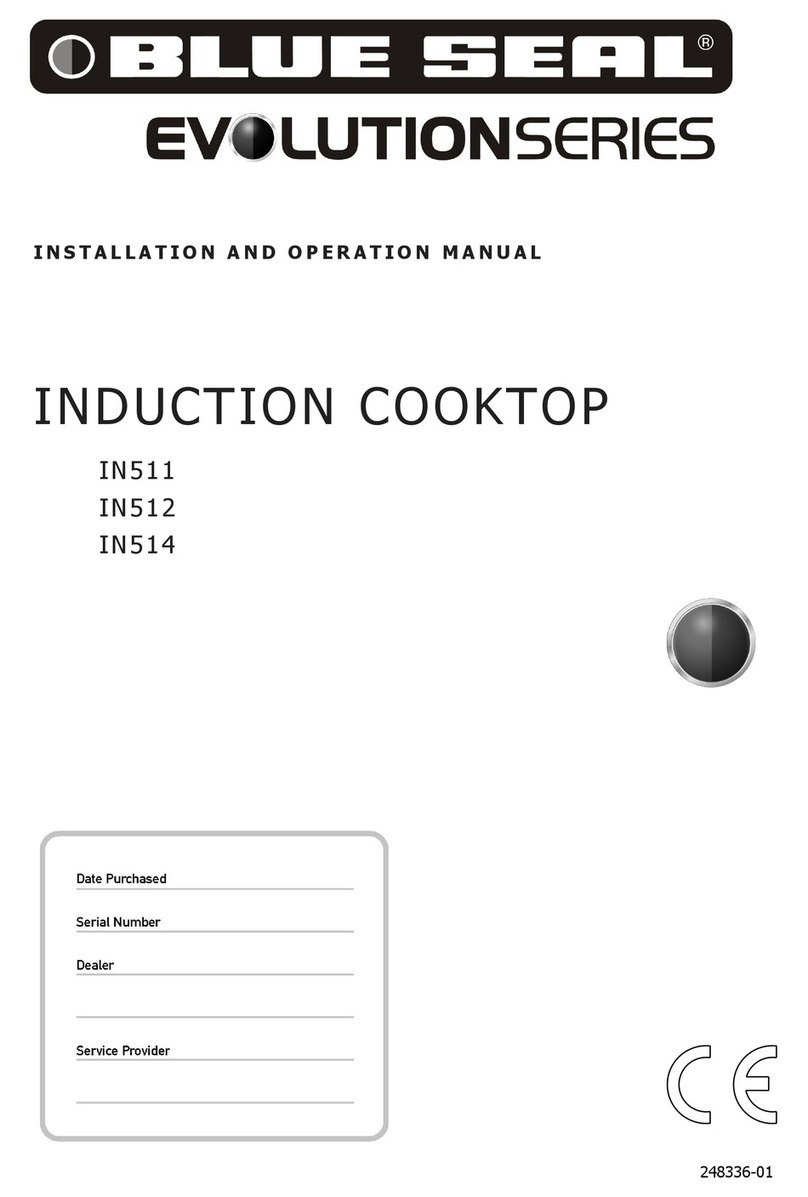
Blue Seal
Blue Seal Evolution Series User manual
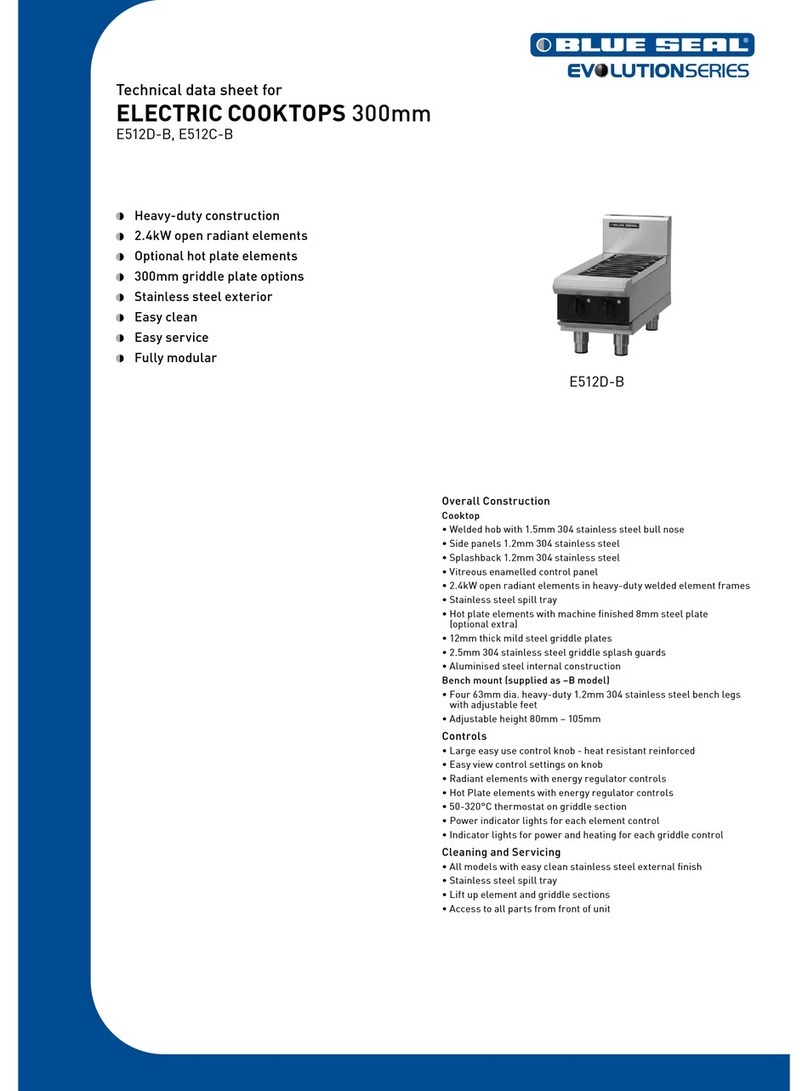
Blue Seal
Blue Seal Blue Seal E512C-B Instruction Manual
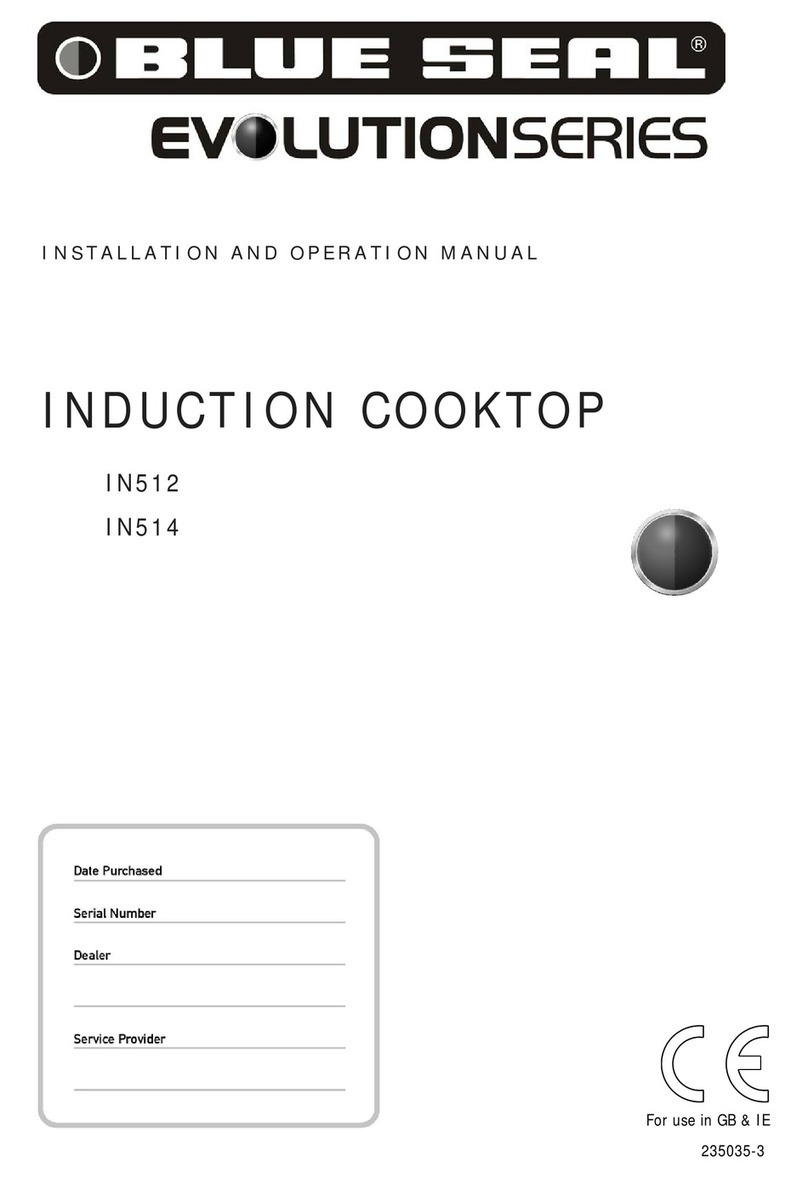
Blue Seal
Blue Seal IN512 User manual

Blue Seal
Blue Seal G57 User manual
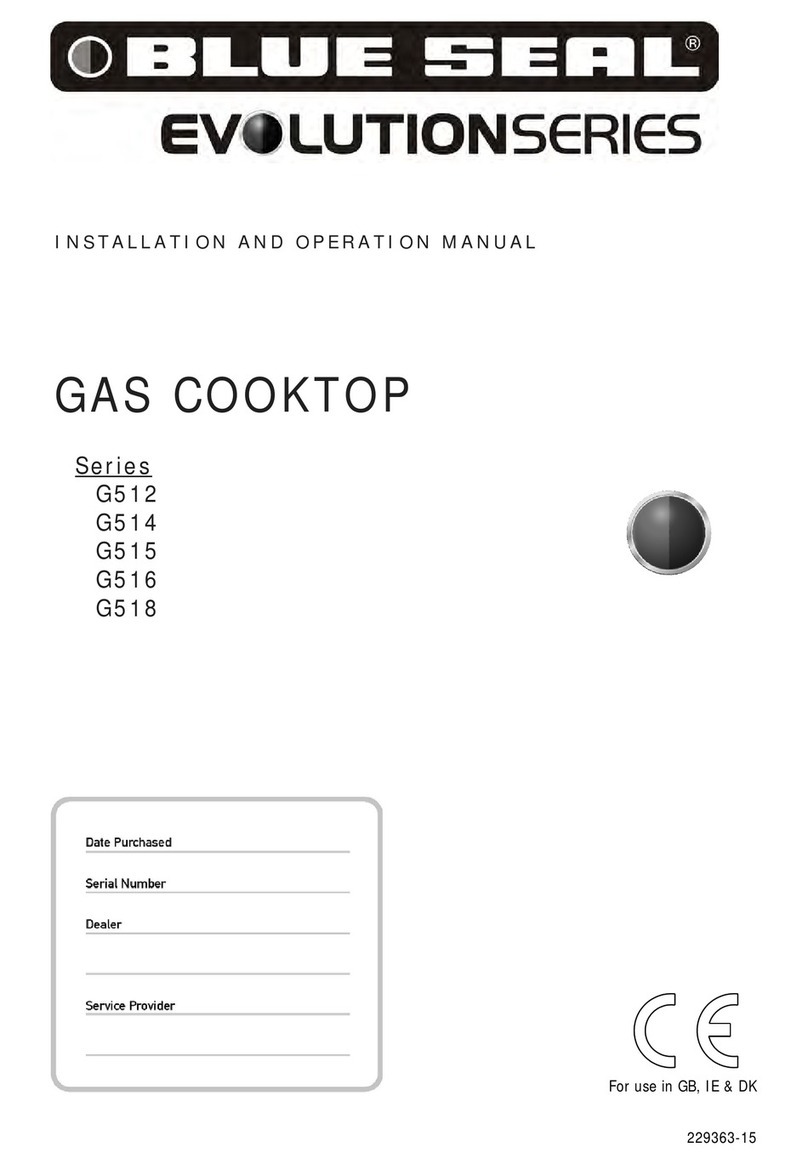
Blue Seal
Blue Seal Evolution G512 User manual

Blue Seal
Blue Seal Evolushion E512 User manual
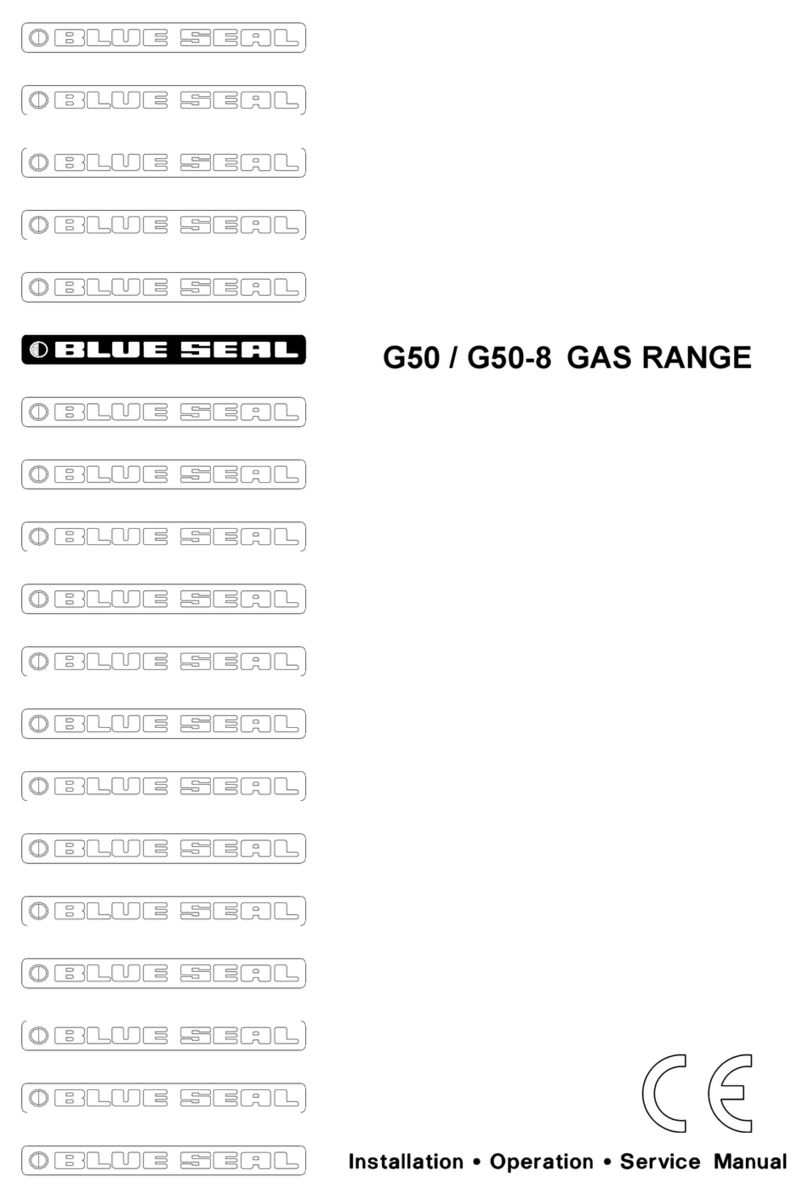
Blue Seal
Blue Seal G50-D Manual
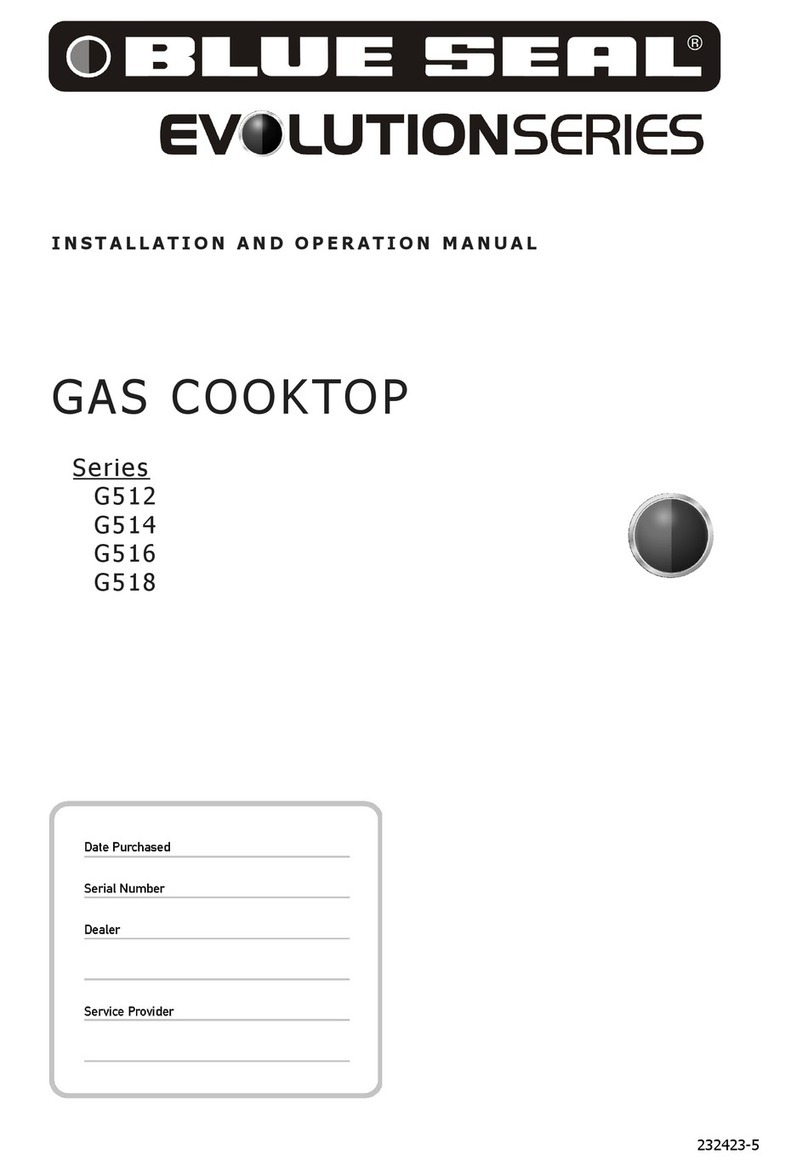
Blue Seal
Blue Seal Evolution G512 User manual
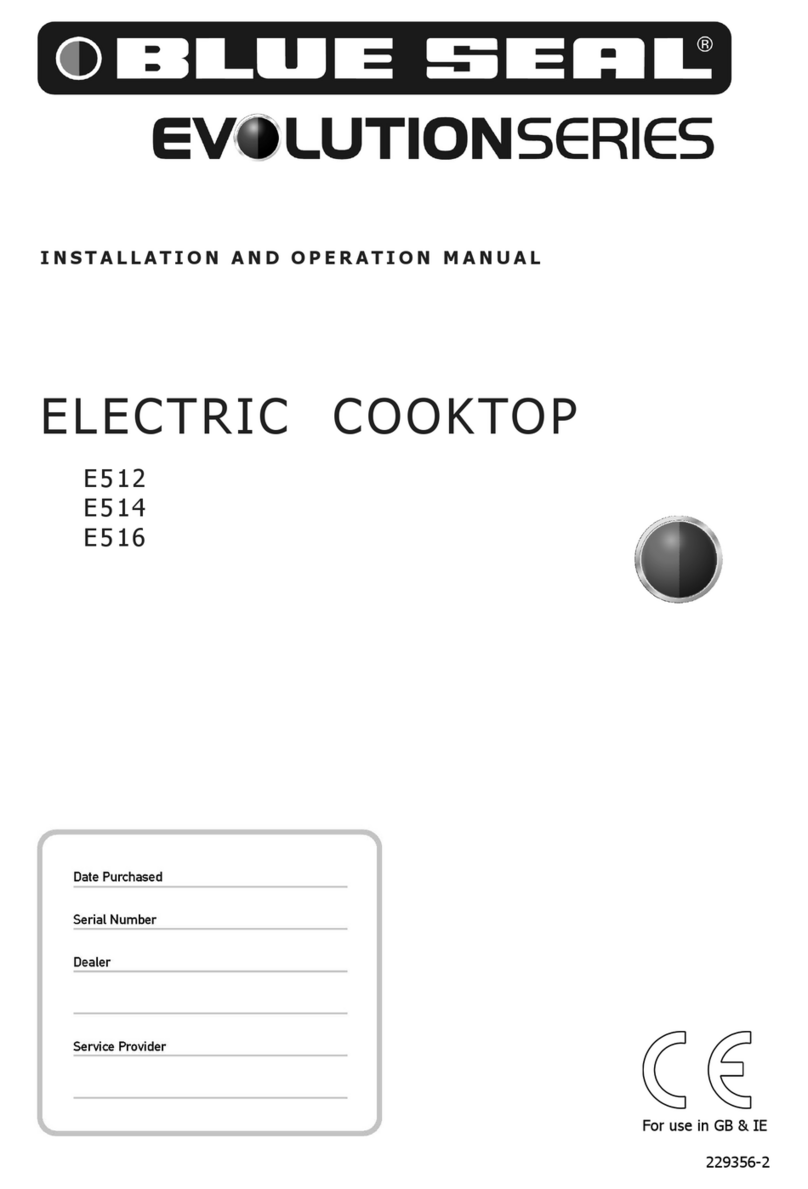
Blue Seal
Blue Seal Evolushion E512 User manual
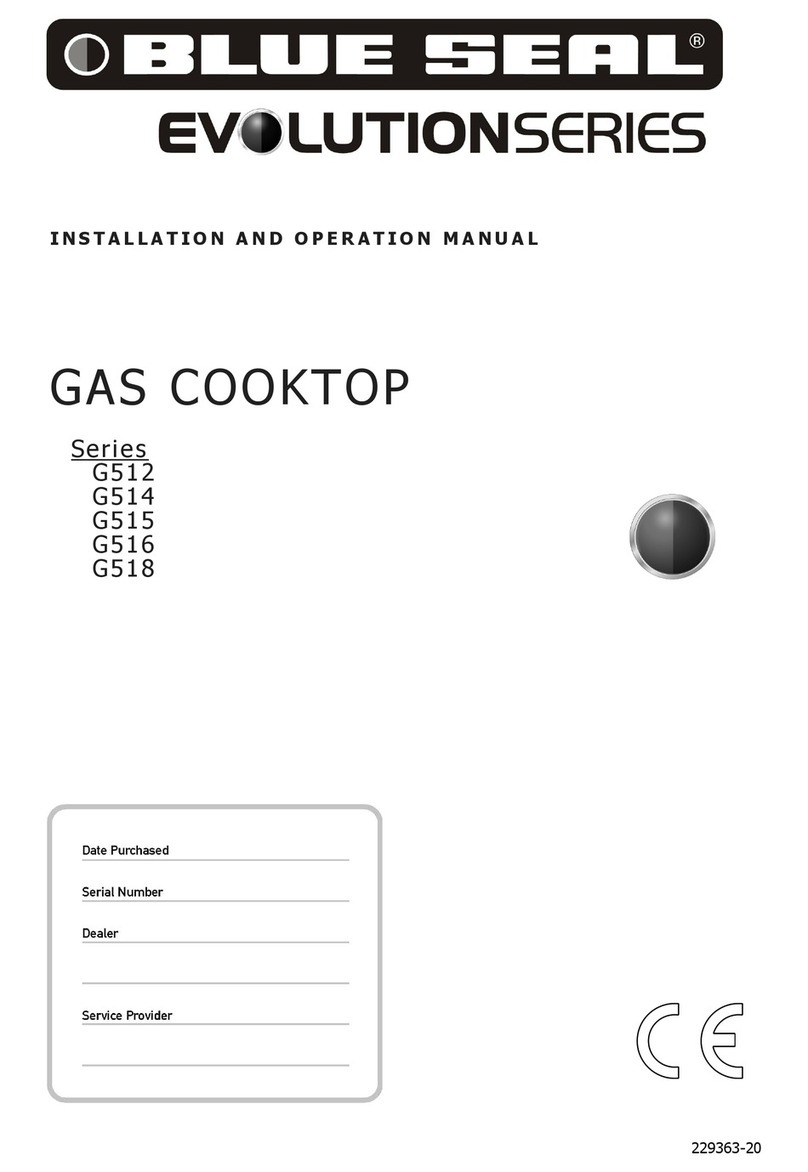
Blue Seal
Blue Seal G512 Series User manual
Popular Cooktop manuals by other brands
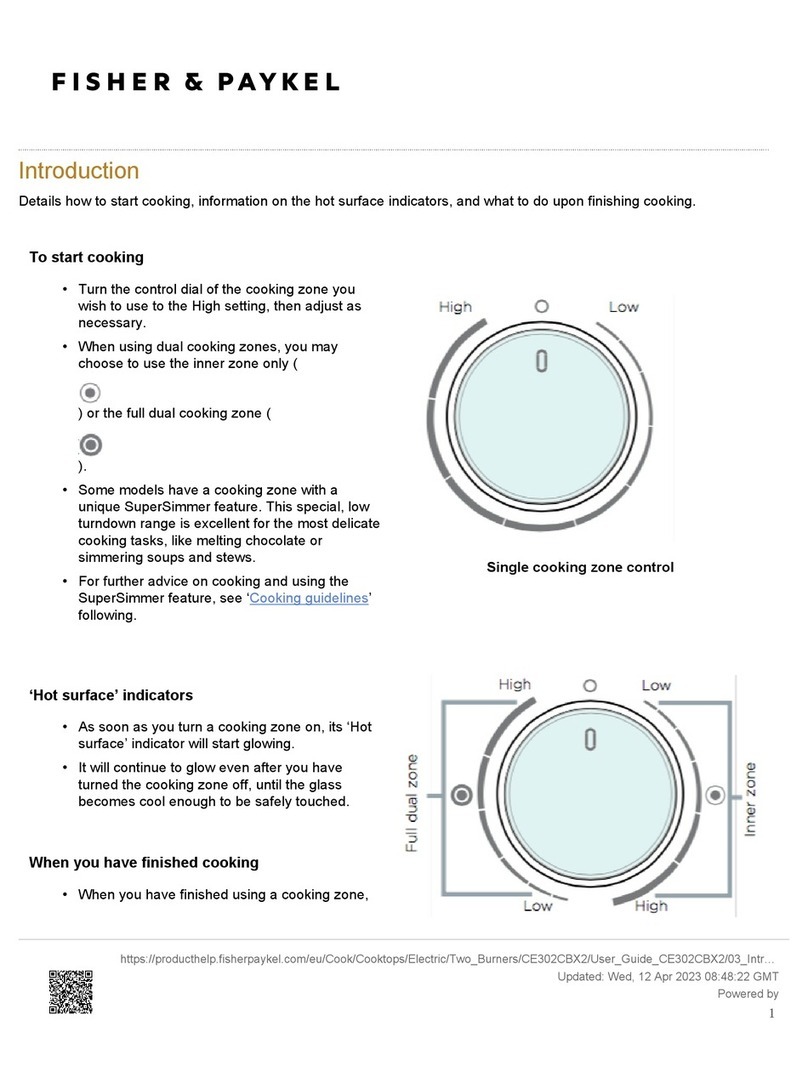
Fisher & Paykel
Fisher & Paykel CE302CBX2 manual

Whirlpool
Whirlpool GJC3634RB00 parts list
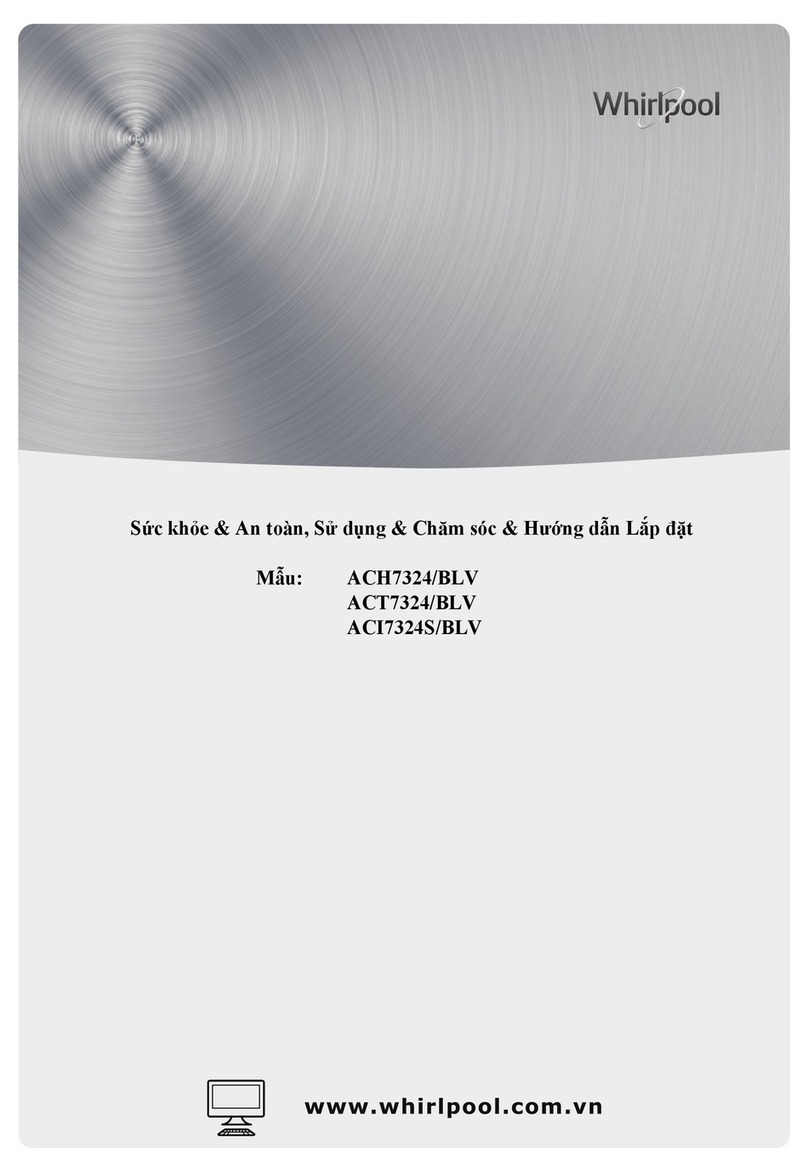
Whirlpool
Whirlpool ACH7324/BLV Use, care and installation guide
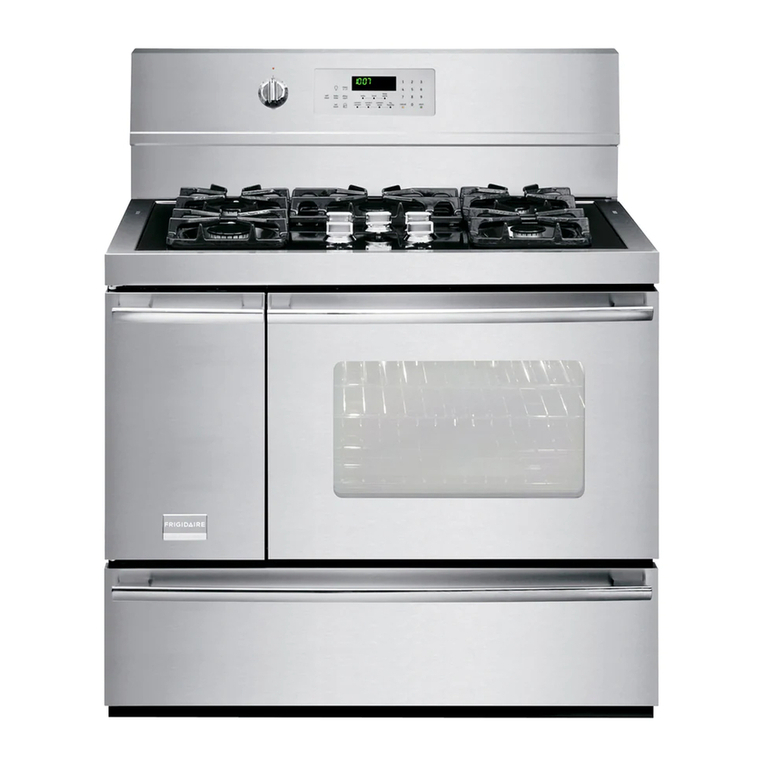
Frigidaire
Frigidaire Professional FPDF4085KF Important safety instructions

Bonnet
Bonnet OPTIMUM 700 Technical instructions

Jenn-Air
Jenn-Air JGCP430 installation instructions
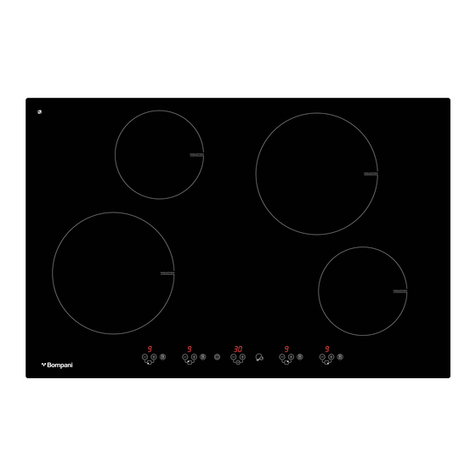
Bompani
Bompani BO374AA/E User instructions

Kleenmaid
Kleenmaid cooking GCTK9011 Instructions for use and warranty details

Waldorf
Waldorf RN8603E-B Technical data sheet

Whirlpool
Whirlpool SMP658CNEIXL quick guide

Electrolux
Electrolux E36IC80ISS - 36" Induction Cooktop Wiring diagram

Wolf
Wolf CI243C/B Use and care guide

















